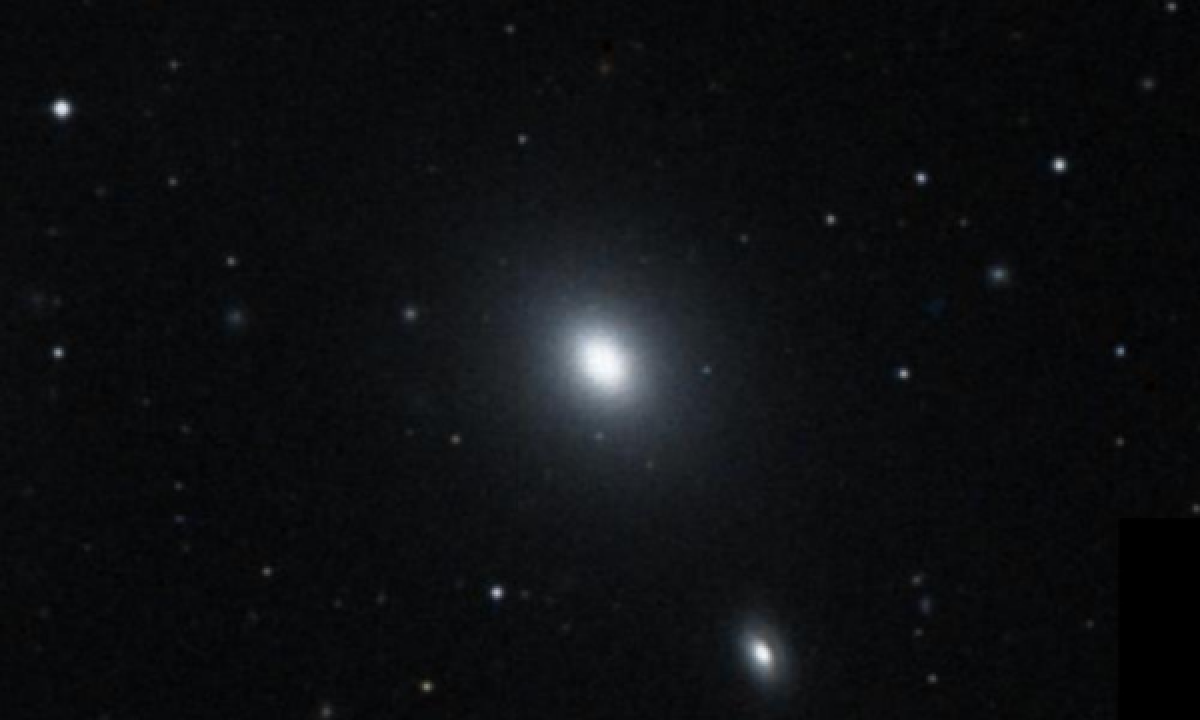The New General Catalogue of Nebulae and Clusters of Stars (abbreviated as NGC) is a catalogue of deep-sky objects compiled by John Louis Emil Dreyer in 1888. The NGC contains 7,840 objects, known as the NGC objects. It is one of the largest comprehensive catalogues, as it includes all types of deep space objects, including galaxies, star clusters, emission nebulae and absorption nebulae.
Know more about NGC
NGC 7619

NGC 7619 is an elliptical galaxy located in the constellation Pegasus. NGC 7619 and NGC 7626 are the dominant and brightest members of the Pegasus galaxy cluster. Both of them were discovered by William Herschel on September 26, 1785. The radial velocity of this galaxy was measured in 1929 and found to be double that of any galaxy observed at that time. The measurement was consistent with the extrapolated value predicted by Edwin Hubble; a distance-velocity relation that would later become known as Hubble's law. One supernova has been observed in NGC 7619: SN 1970J (type Ia, mag. 14.5) was discovered by Leonida Rosino on 24 September 1970.
More Images:

Sources:
Wikipedia Page: NGC 7619
NGC 7619 at In-The-Sky website
